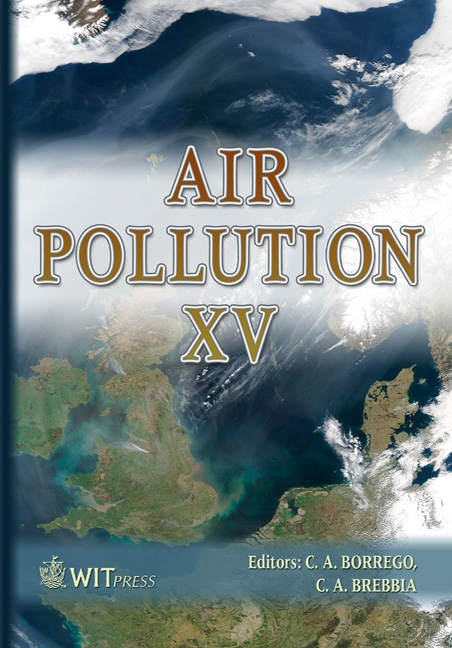Biological Monitoring – The Useful Method For Estimation Of Air And Environment Quality
Price
Free (open access)
Transaction
Volume
101
Pages
10
Published
2007
Size
2,097 kb
Paper DOI
10.2495/AIR070351
Copyright
WIT Press
Author(s)
K. Sawicka-Kapusta, M. Zakrzewska & G. Bydłoń
Abstract
Bioindication with different bioindicators (lichens, mosses, tree leaves and small mammals) has been used for thirty years (1975–2005) to estimate air pollution and environment contamination in Poland. Air contamination by heavy metals and sulphur dioxide in the Base Station of the Environmental Nature Monitoring System and in 23 Polish National Parks was estimated using lichen Hypogymnia physodes as a bioindicator. The impact of the Kraków conurbation and the contamination of forest ecosystems, using tree leaves and small mammals, were evaluated, respectively. Biological monitoring showed the changes of environment quality in Poland but also confirmed the presence of some areas still being contaminated. They are located in different parts of Poland also far from industrial sources. Keywords: Poland, environment, biomonitoring, air pollution, heavy metals, sulphur dioxide, lichens, mosses, higher plants, small mammals. 1 Introduction Chemical compounds which have caused organisms’ and environmental stress were released into the environment as a result of human activities. The pollution originates mainly from industrial manufacturing and energy production, coal and oil combustion (industrial and residential), vehicular traffic and also small local sources. In the last few decades the main sources of pollution in the whole Europe have been increasing urbanisation and heavy traffic [1–3]. Biomonitoring – a very useful, sensitive and effective biological method to assess air pollution or to estimate contamination of natural environment – has been used for more
Keywords
Poland, environment, biomonitoring, air pollution, heavy metals, sulphur dioxide, lichens, mosses, higher plants, small mammals.





